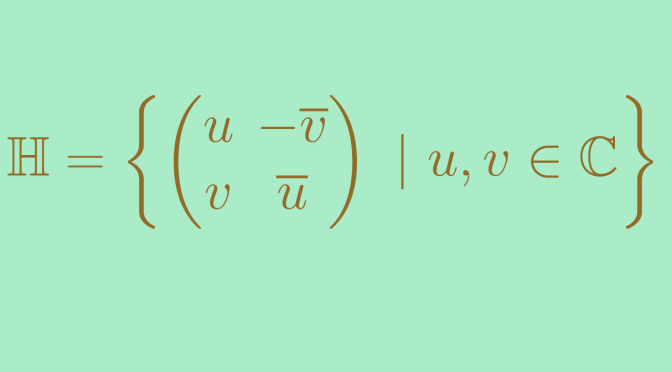This article provides counterexamples about differentiability of functions of several real variables. We focus on real functions of two real variables (defined on \(\mathbb R^2\)). \(\mathbb R^2\) and \(\mathbb R\) are equipped with their respective Euclidean norms denoted by \(\Vert \cdot \Vert\) and \(\vert \cdot \vert\), i.e. the absolute value for \(\mathbb R\).
We recall some definitions and theorems about differentiability of functions of several real variables.
Definition 1 We say that a function \(f : \mathbb R^2 \to \mathbb R\) is differentiable at \(\mathbf{a} \in \mathbb R^2\) if it exists a (continuous) linear map \(\nabla f(\mathbf{a}) : \mathbb R^2 \to \mathbb R\) with \[\lim\limits_{\mathbf{h} \to 0} \frac{f(\mathbf{a}+\mathbf{h})-f(\mathbf{a})-\nabla f(\mathbf{a}).\mathbf{h}}{\Vert \mathbf{h} \Vert} = 0\]
Definition 2 Let \(f : \mathbb R^n \to \mathbb R\) be a real-valued function. Then the \(\mathbf{i^{th}}\) partial derivative at point \(\mathbf{a}\) is the real number
\begin{align*}
\frac{\partial f}{\partial x_i}(\mathbf{a}) &= \lim\limits_{h \to 0} \frac{f(\mathbf{a}+h \mathbf{e_i})- f(\mathbf{a})}{h}\\
&= \lim\limits_{h \to 0} \frac{f(a_1,\dots,a_{i-1},a_i+h,a_{i+1},\dots,a_n) – f(a_1,\dots,a_{i-1},a_i,a_{i+1},\dots,a_n)}{h}
\end{align*} For two real variable functions, \(\frac{\partial f}{\partial x}(x,y)\) and \(\frac{\partial f}{\partial y}(x,y)\) will denote the partial derivatives.
Definition 3 Let \(f : \mathbb R^n \to \mathbb R\) be a real-valued function. The directional derivative of \(f\) along vector \(\mathbf{v}\) at point \(\mathbf{a}\) is the real \[\nabla_{\mathbf{v}}f(\mathbf{a}) = \lim\limits_{h \to 0} \frac{f(\mathbf{a}+h \mathbf{v})- f(\mathbf{a})}{h}\] Continue reading Differentiability of multivariable real functions (part1)









